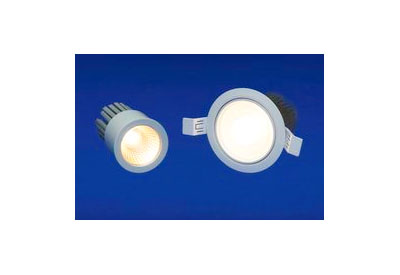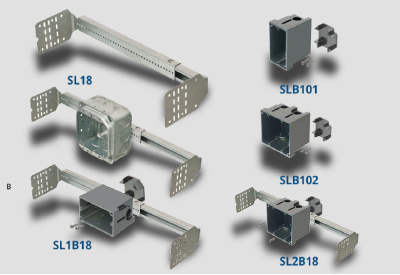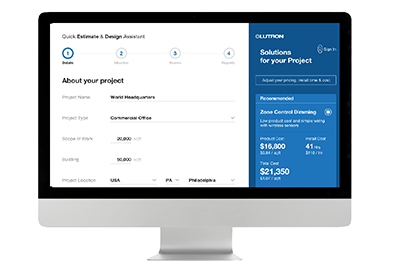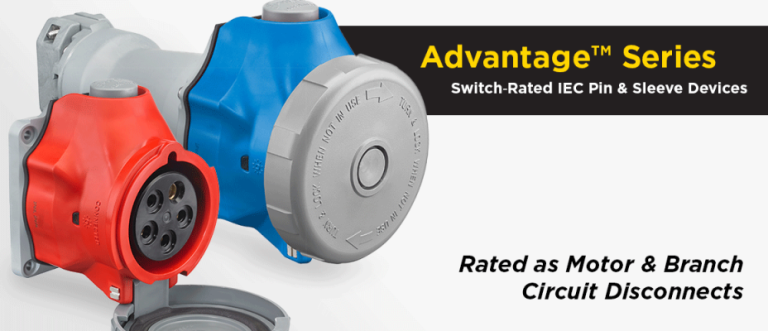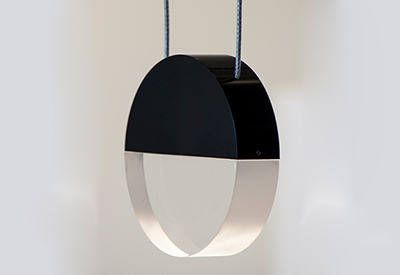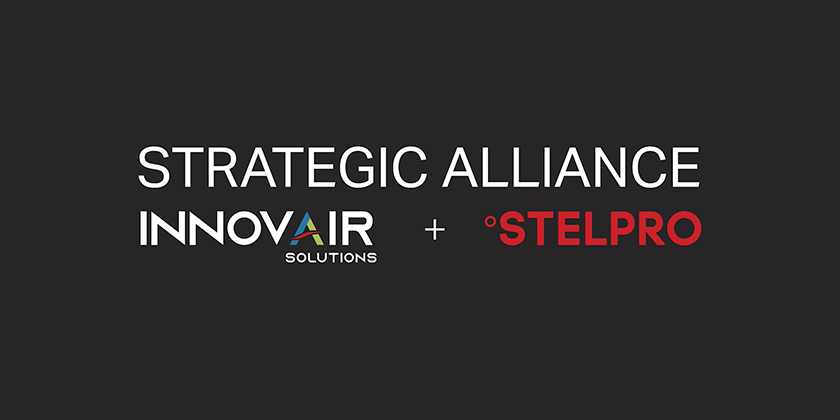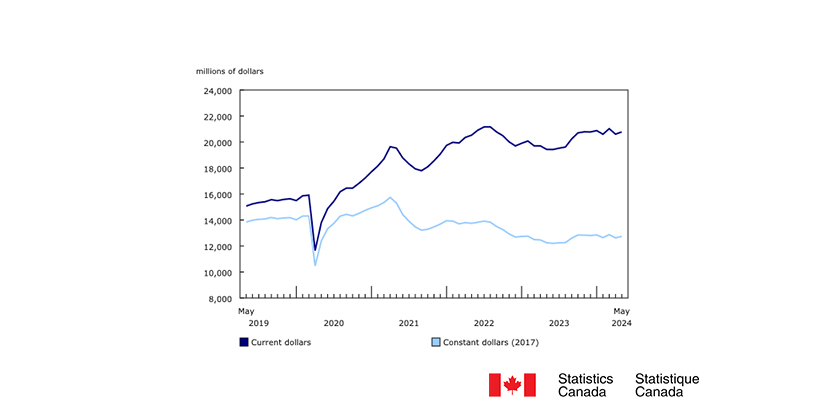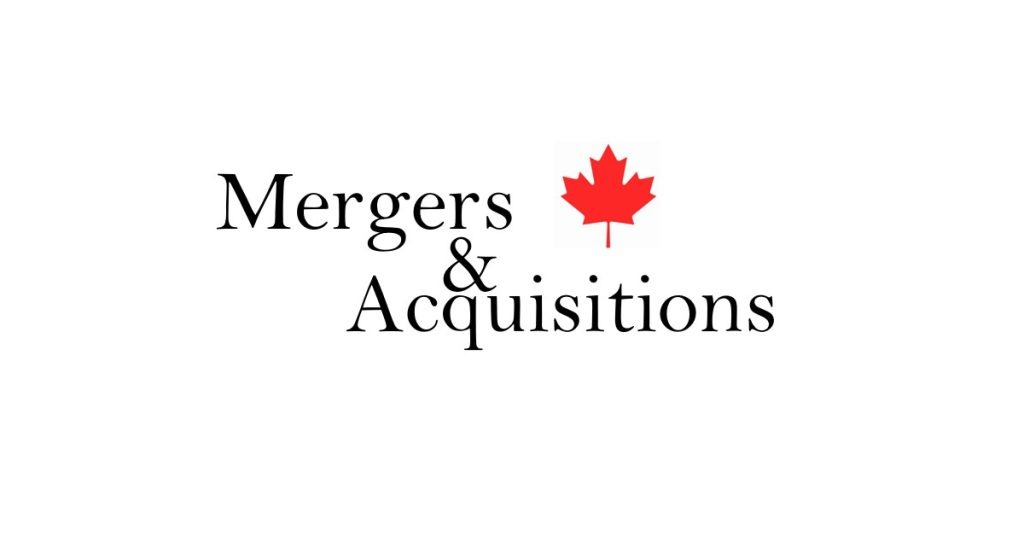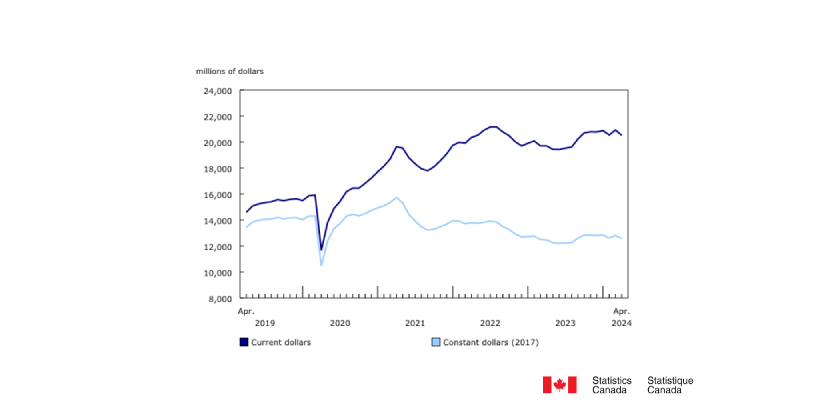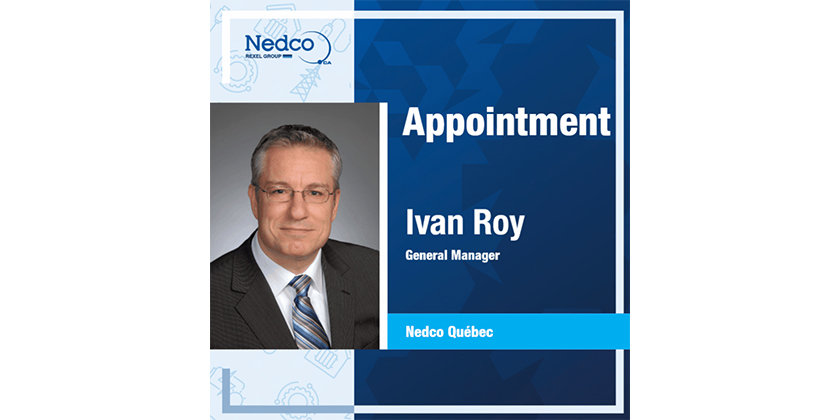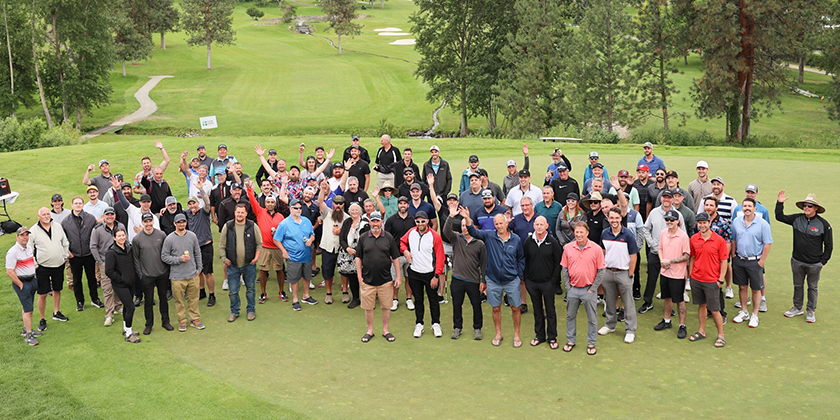Tough and Tear Resistant: Cortec® VCI Reinforced Paper for Puncture Prone Metals Packaging

March 16, 2022
One challenge that metal manufacturers and finishers face is corrosion protection during shipping and storage. Many strategies exist, from coatings and liquid rust preventatives to VCI packaging. The latter has revolutionized the way metals are protected in an enclosed package, replacing greasy rust preventatives with dry corrosion protection. Yet manufacturers with sharp or pointed metal parts have the additional risk of puncture, which could ruin the integrity of the entire package. Cortec® addresses this problem with CorShield® VpCI®-146 Reinforced Paper for heavy-duty puncture prone packaging applications.
Vapor phase Corrosion Inhibitor Protection – How It Works
All Cortec® VpCI® brand papers are coated in-house with Cortec’s proprietary VpCI® formula. Vapor phase Corrosion Inhibitors in the coating vaporize and form a protective corrosion inhibiting molecular barrier on
metal surfaces wrapped inside the paper. When the component is unpacked, the invisible protective layer does not require cleaning and the part can be used immediately.
VCI Paper – Reinforced
While standard Cortec® CorShield® VpCI®-146 Paper is enough to satisfy the corrosion protection needs of many metals being stored in one place or shipped to another, some circumstances require a tougher grade of packaging. CorShield® VpCI®-146 Reinforced Paper provides two extra benefits for these heavy-duty applications:
(1) CorShield® VpCI®-146 Reinforced Paper offers excellent tear resistance. This is important when packaging oddly shaped metals or those with pointed or sharp edges where puncture could be a concern when handling non-reinforced papers.
(2) CorShield® VpCI®-146 Reinforced Paper also includes a moisture barrier. This not only adds to the durability of the paper but also protects against the ingress of water vapor for moisture sensitive items. This quality is helpful for protecting packages that undergo harsh, high humidity environments. It is also beneficial for packaging parts still covered with grease or process oils that that might leach through or break down standard paper.
How and Where to Use CorShield® VpCI®-146 Reinforced Paper
The traits mentioned above—corrosion protection, tear resistance, and moisture resistance—make CorShield® VpCI®-146 Reinforced Paper easily adaptable to a variety of packaging needs. The standard application method is to wrap a metal item in the paper, fold edges together, and tape the paper folds in place. In addition to single item packaging, CorShield® VpCI®-146 Reinforced Paper can be used for interleaving between layers of metal components, closing the end of shipping tubes, inserting into recessed areas of large packages, and lining crates and boxes where moisture might leach through. Possible items to protect include
• Coils, wire reels, plate, bar, etc.
• Raw and machined forgings and castings
• Sheet metal work, stampings, springs, bearings, fasteners, tubing, pipes, nails, etc.
• Finished goods: engines, machinery, tools, hardware, appliances, instruments, motors, etc.
• Electrical and electronic components, controls, etc.
Whether you find yourself wrapping pipes and rods or metal coils, CorShield® VpCI®-146 Reinforced Paper is a great option for durable corrosion inhibiting moisture barrier packaging protection that resists tearing. Next time you have a puncture prone VCI packaging application, be sure to ask Cortec® about CorShield® VpCI®-146 Reinforced Paper: https://www.cortecpackaging.com/contact-us/



